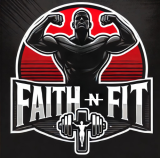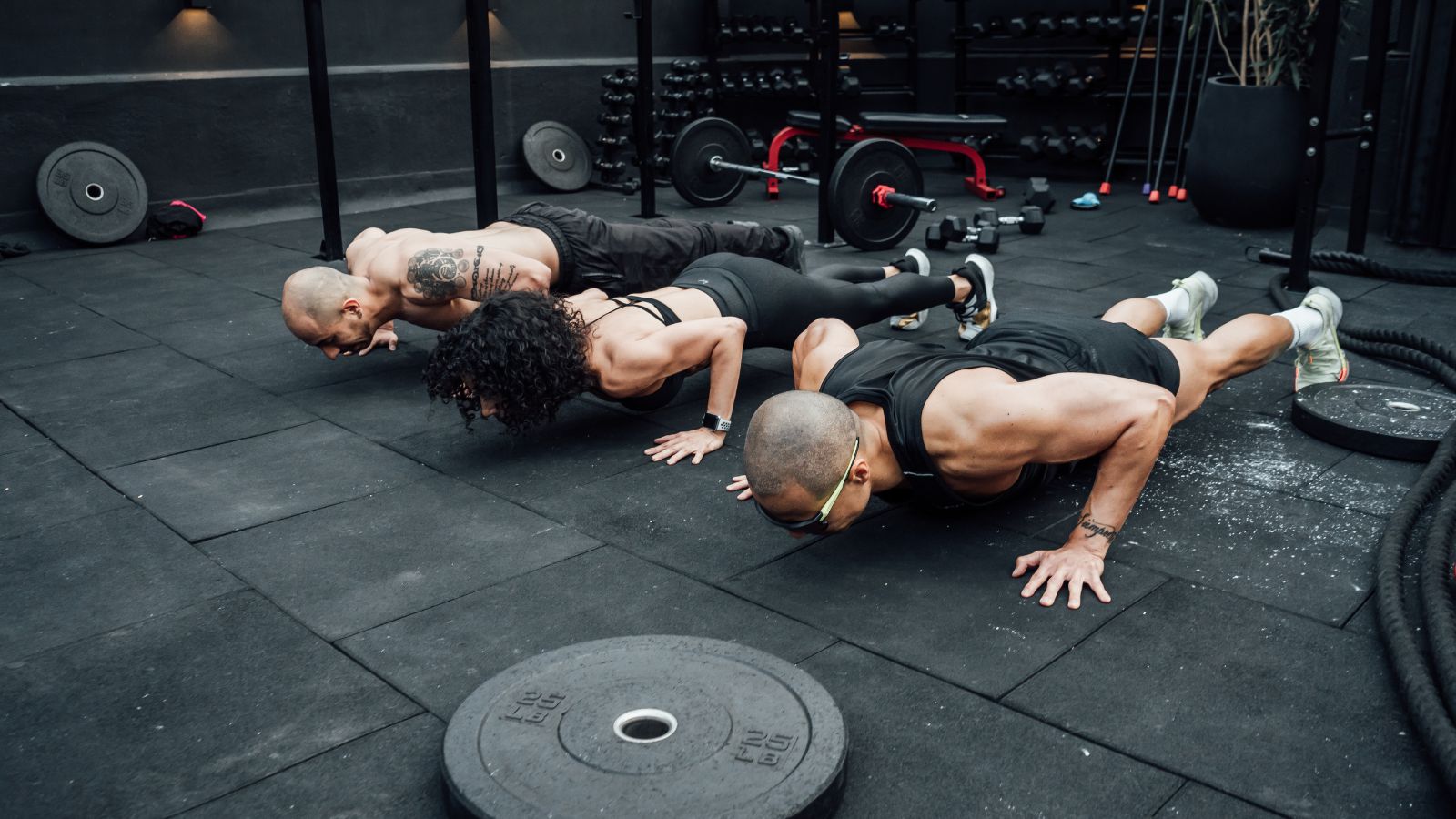Push-ups are one of the most effective bodyweight exercises you can do—but only when you do them right. Whether you’re just starting or looking to level up your form, learning how to do push-ups correctly can prevent injury and maximize muscle gains. This article will walk you through form, progressions, and technique using math and biomechanics to guide your transformation.
What Muscles Do Push-Ups Work?
Push-ups target the chest (pectoralis major), shoulders (anterior deltoid), triceps, and core. But poor form shifts the load to joints and smaller muscles, reducing gains and increasing injury risk.
Muscle Activation Summary:
- Chest: 64%
- Shoulders: 26%
- Triceps: 8%
- Core: Stabilizer role
When you activate the right muscles in the right order, your push-up becomes a compound movement powerhouse.
Step-by-Step: How to Do Push-Ups Correctly
Here’s a breakdown of perfect push-up form:
1. Start Position
- Hands slightly wider than shoulders
- Feet together or shoulder-width for balance
- Engage your core—think of bracing your abs like taking a punch
2. Lowering Phase
- Lower your body in a straight line—shoulders, hips, and heels aligned
- Elbows should track at a 45-degree angle, not flaring out
- Lower until your chest nearly touches the floor (90° elbow bend)
3. Push-Up Phase
- Push through the palms, not the fingertips
- Focus on driving your chest away from the ground, not just straightening arms
- Exhale on the way up
💡 Math Tip: Each push-up burns approximately 0.29 calories per rep (depending on weight). If you weigh 180 lbs, doing 100 push-ups could burn 29 calories—but form matters more than reps.
How to Fix Common Push-Up Mistakes
❌ Sagging hips → Core not engaged
❌ Elbows flared too wide → Shoulder strain
❌ Only partial reps → Reduced range of motion = fewer gains
❌ Head craning down → Neck strain, improper alignment
✅ Fix these by recording yourself or checking form in a mirror.
Progressions to Master the Push-Up
You can’t skip to the advanced moves if you haven’t nailed the foundation. Use these mathematically scaled variations to build up:
| Level | Variation | Muscle Load | Notes |
|---|---|---|---|
| Beginner | Wall Push-Ups | ~40% bodyweight | Great for seniors & rehab |
| Intermediate | Incline Push-Ups | ~55–65% bodyweight | Use a bench or box |
| Standard | Floor Push-Ups | ~75% bodyweight | Full activation |
| Advanced | Decline Push-Ups | ~85–95% bodyweight | Shoulder and core burner |
| Elite | Archer or Clap Push-Ups | 100%+ intensity | Explosive & unilateral focus |
Tips to Improve Push-Up Performance
- Warm up with isometric holds (wall presses, planks)
- Keep your glutes tight and core braced
- Increase time under tension—3 seconds down, 1 second up
- Do push-ups after compound lifts or in circuits for endurance
- Track reps over time using a journal or app
Key Takeaways
- Learning how to do push-ups correctly means mastering form, activating muscles efficiently, and avoiding poor habits.
- Progress from wall push-ups to advanced variations over time.
- Use numbers, feedback from your body, and muscle control—not just reps—to see real gains.
“Push-ups are more than just a chest workout. They’re a full-body strength test. Get your form right, and every rep counts toward something greater.”
Read Next…
- The Perfect Weekly Fat Loss and Muscle Building Workout Schedule
- How to Start a Workout Routine You’ll Actually Stick To (Beginner’s Guide)
- Overcoming Fitness Burnout: When to Rest, Pray, and Reboot
- NEAT Mistakes That Stop Fat Loss Without You Noticing
- Top 7 Relationship Habits That Improve Mental and Physical Health
Subscribe now and get a 14-day free trial workout app for iPhone users.





